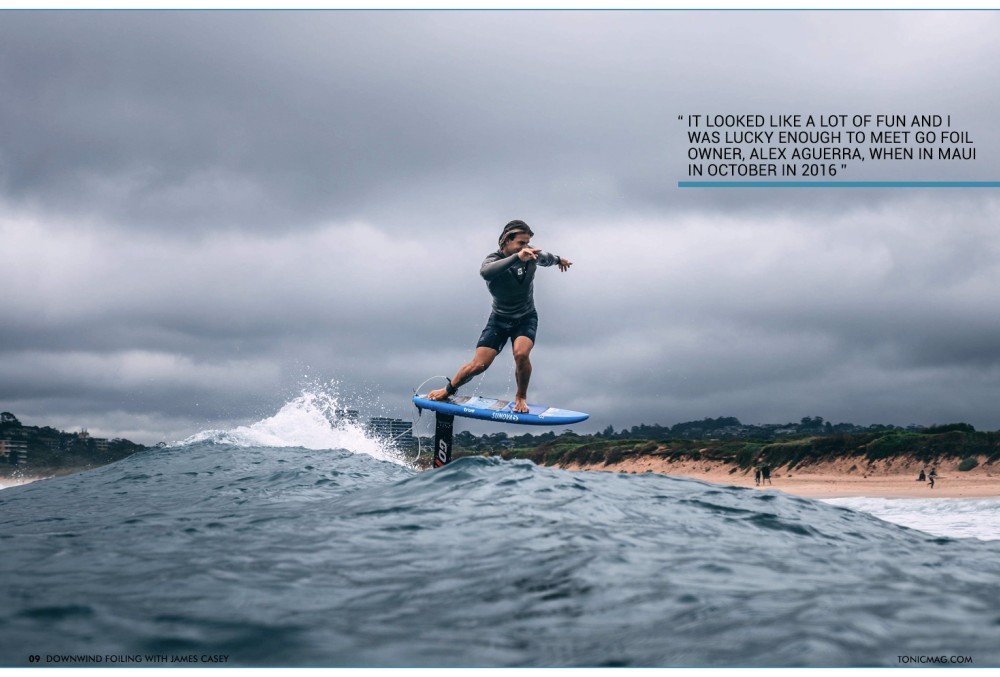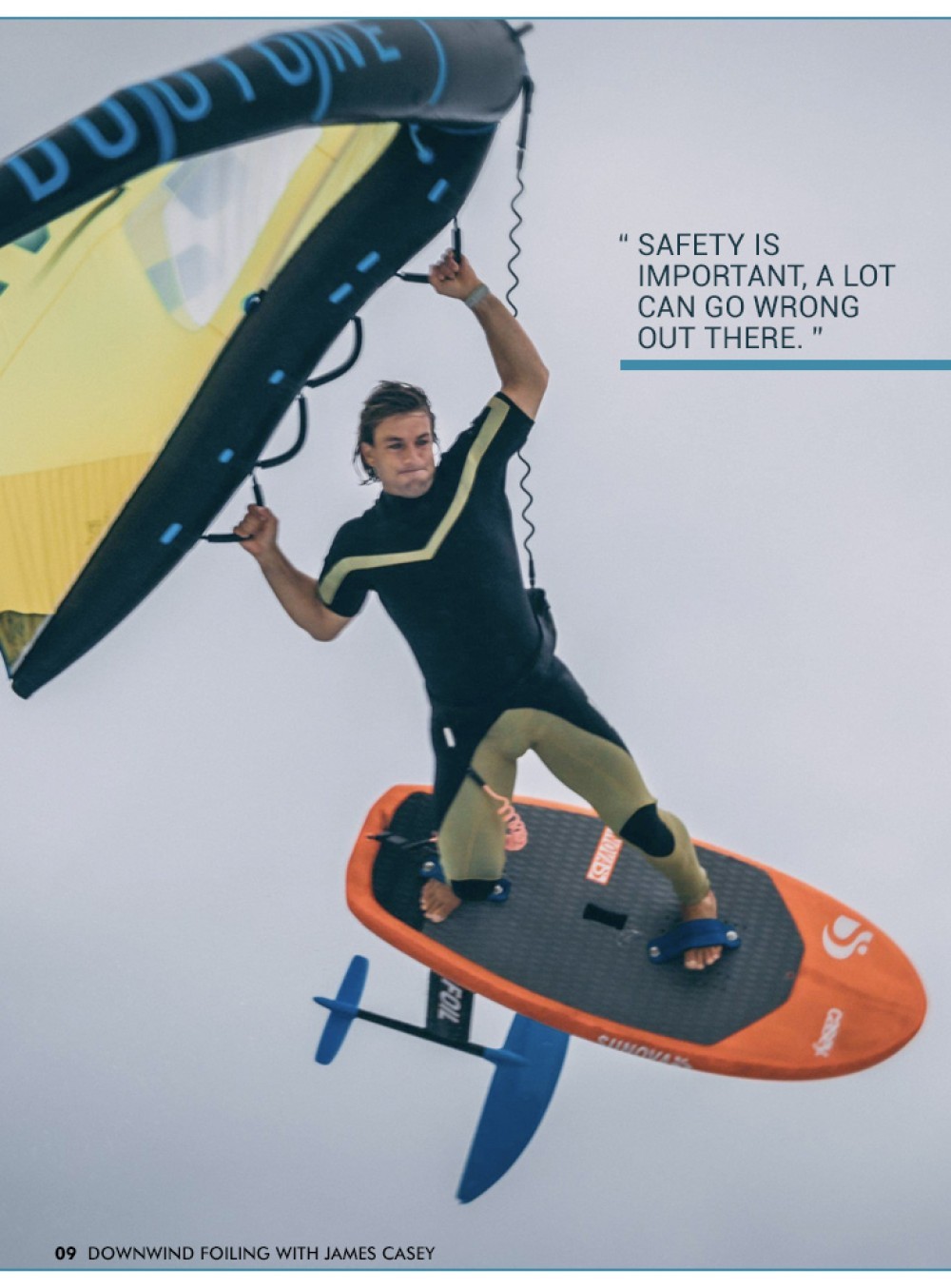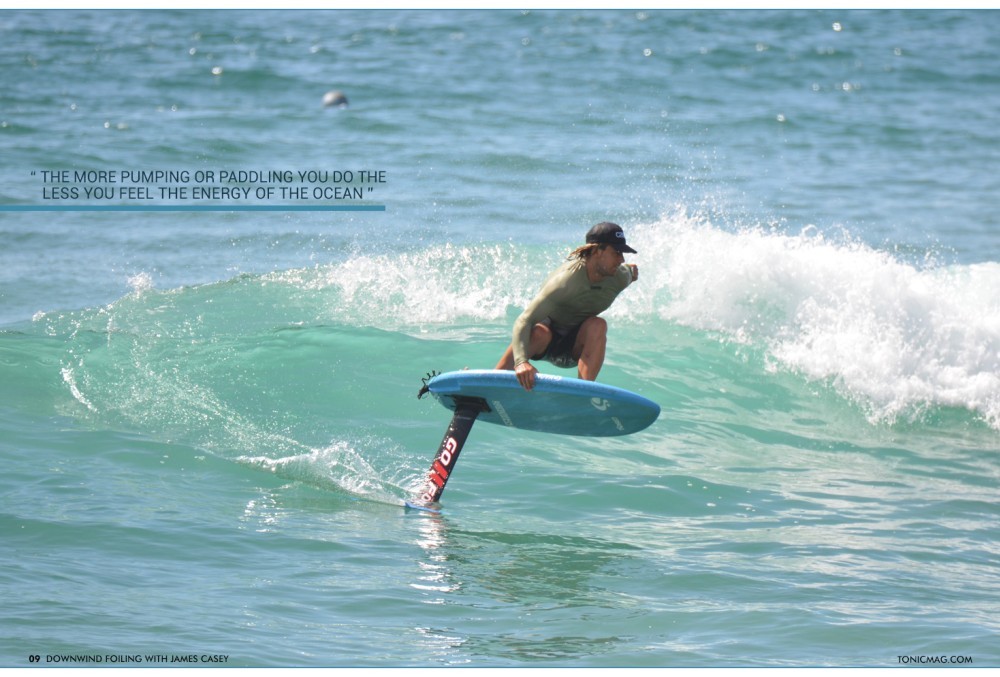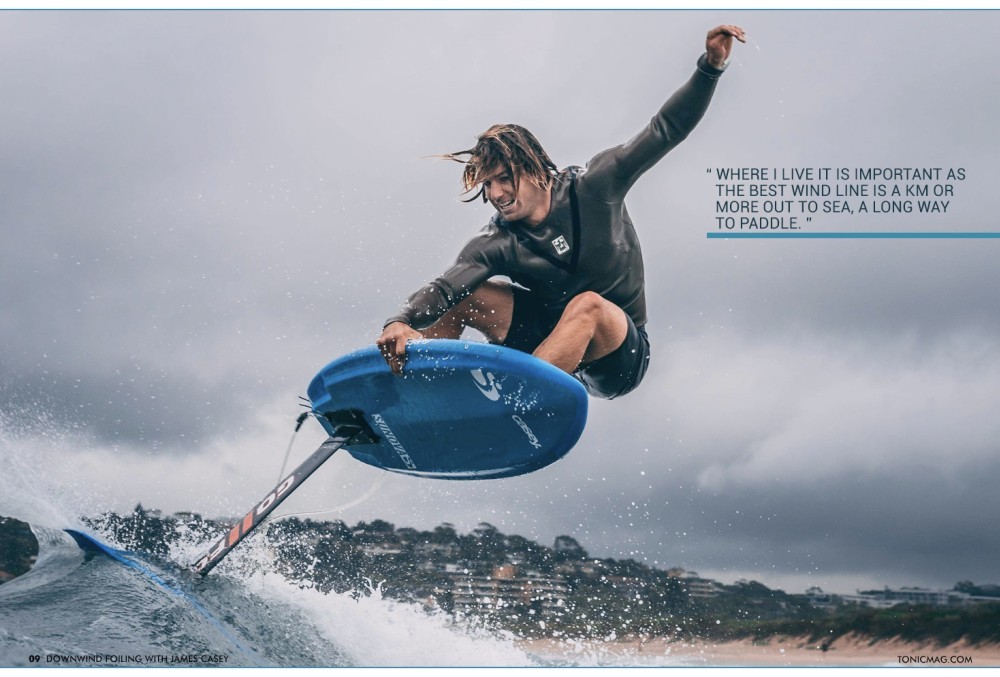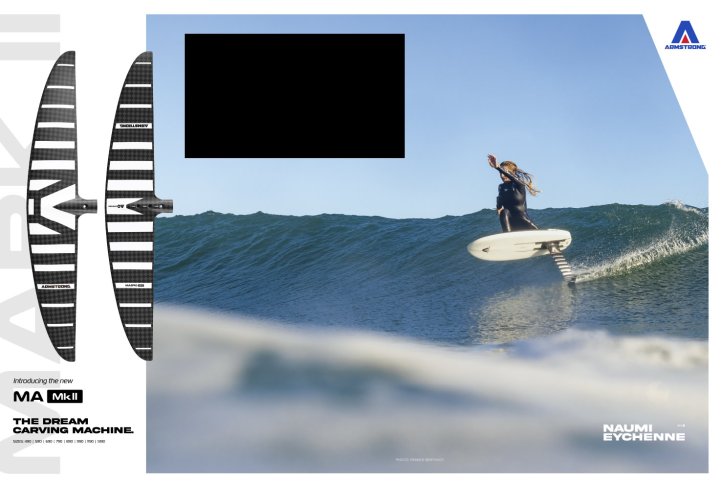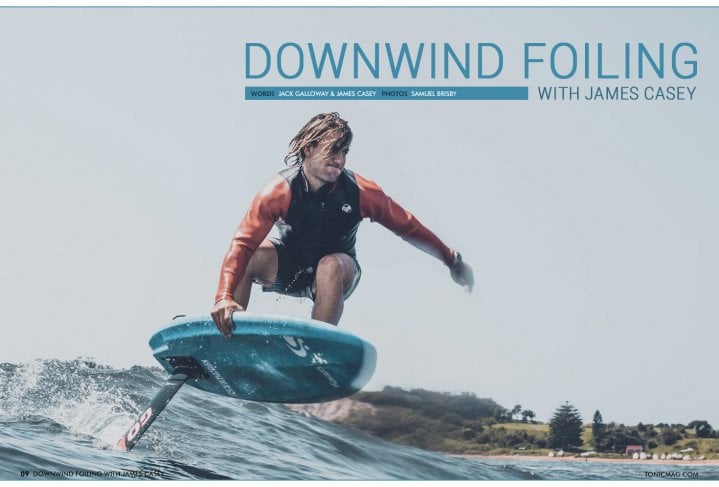
Downwind Foiling with James Casey
Issue 9 / Tue 17th Aug, 2021
James Casey is a font of knowledge when it comes to downwinders. Whether it be SUPfoil or winging he’s been at forefront from the start. Jack Galloway catches up with James to learn more about him & his down winding skills.
James Casey is a font of knowledge when it comes to downwinders. Whether it be SUPfoil or winging he’s been at forefront from the start!
Hi James. So we’ve asked you along today as we want to go into more detail on all things downwinding, from planning to safety to technique. Could you start by introducing yourself? How long have you been doing downwinders and what got you into foiling?
I've been downwinding since 2014 when I first set myself the goal of winning Molokai 2 Oahu. Originally it was all about the unlimited SUP for downwinders but in the last five years I've been mixing it up between the SUP and the SUP foilboard.
I got into foiling by chance, it looked like a lot of fun and I was lucky enough to meet Go Foil owner, Alex Aguerra, when in Maui in October in 2016. Once I tried it I had to buy one and the rest is really history.
We’d recommend listening to James’ interviews on the progression project podcast. In one of them you discuss with Erik a 100km run. What’s your longest to date? What conditions are you looking for?
My longest to date is just over 120km, from Bass Point, Wollongong, to Mona Vale, Sydney. I just look for winds that start early in the morning and are consistent throughout the day and without too big a surf. The best conditions are when it is just wind swell and not too much longer period energy.
For these long runs what safety measures do you have in place? Do you use a Personal Locator Beacon?
On these long runs I use a range of safety precautions; lifejacket, flare, EPIRB, two way radio, mobile phone and legrope while I have a land crew following my journey and I had a jetski follow me for the long run too. Safety is important, a lot can go wrong out there.
Could you go into a bit of detail on reading waves & connecting bumps.
The best tip for DW foiling and reading and connecting the swells and chops are to always look in front of you and don't overpower the energy of the ocean by paddling or pumping too much. Too often I see people look behind them when downwinding which is useless as what happens behind you changes by the time it gets to you. All you can control is where you put your board and it's best to do so by reading the water in front of you.
In terms of connecting bumps, the more pumping or paddling you do the less you feel the energy of the ocean. Less is more and when you are truly in tune with the bumps it doesn't take a lot to link bumps. Go out and practice doing as little as possible on waves and out to sea in the bumps and you'll become far more efficient.
What size boards & foils are you using? Does this change for SUP & wing?
I use a 6'0 x 24 at 78L SUP Aviator for downwind SUP foiling and a 5'0 x 25 at 75L Ding Aviator for winging. The length is important for DW foiling and the shorter wider board feels nicer for winging.
There’s an epic clip of you packing your wing away whilst foiling downwind. Seriously impressive! Do you think it’ll catch on?
It's just a way to get out to sea and get the best of the bumps, for where I live it is important as the best wind line is a km or more out to sea, a long way to paddle. I used to sit down and pack it down but I figured I may as well try to do it while already up on the foil and it definitely makes it an easy way to downwind if you are an OK multitasker.
Finally, got any big goals or challenges upcoming? Whether it be personal or coaching?
I'm looking to create an online learning module for Surf Foiling and Wing Foiling to compliment my online coaching club, Coach Casey. Club, details are at www.caseyaus.com if you are interested. On a personal level I've got a few plans in the works, SUP Foiling some long distances and some downstream SUP/Hiking expeditions.
Thanks James! As always we’ll be following along with all your future adventures.
Videos
By Tonic Mag




